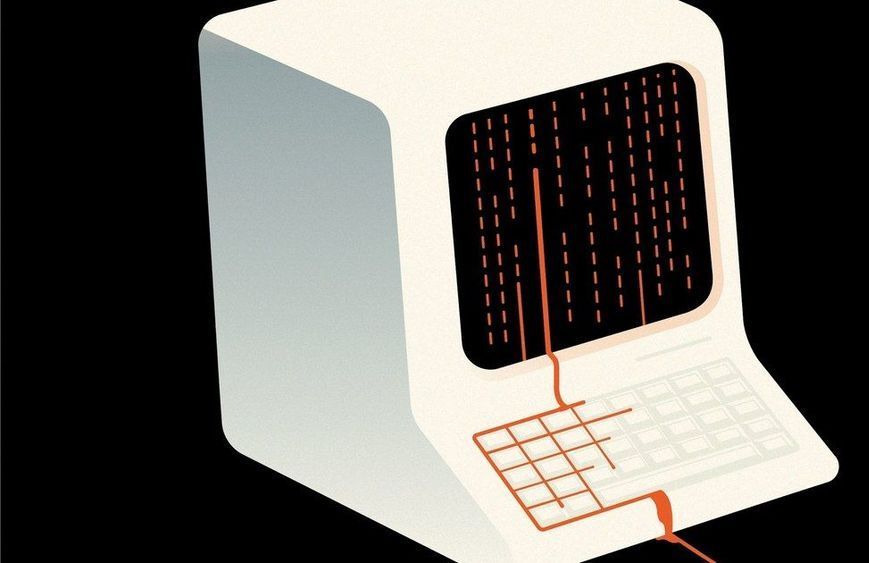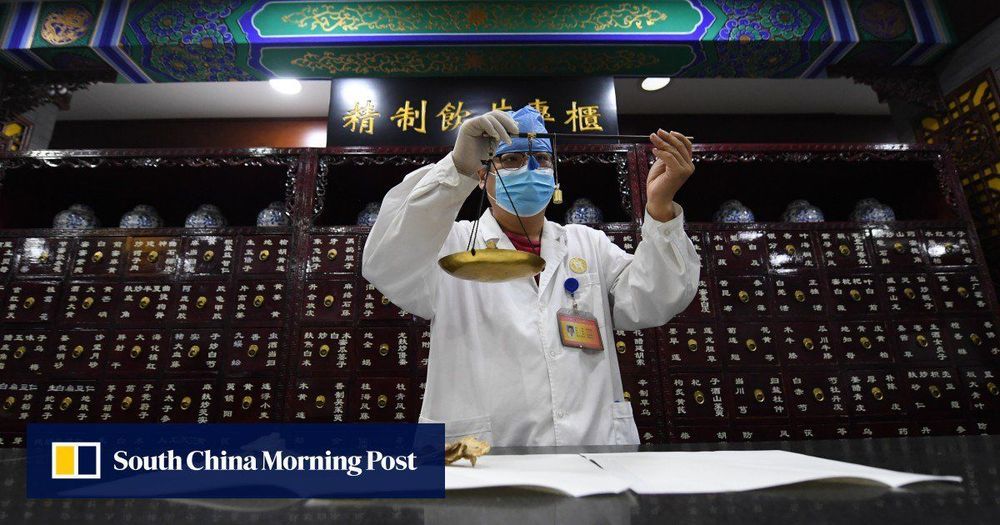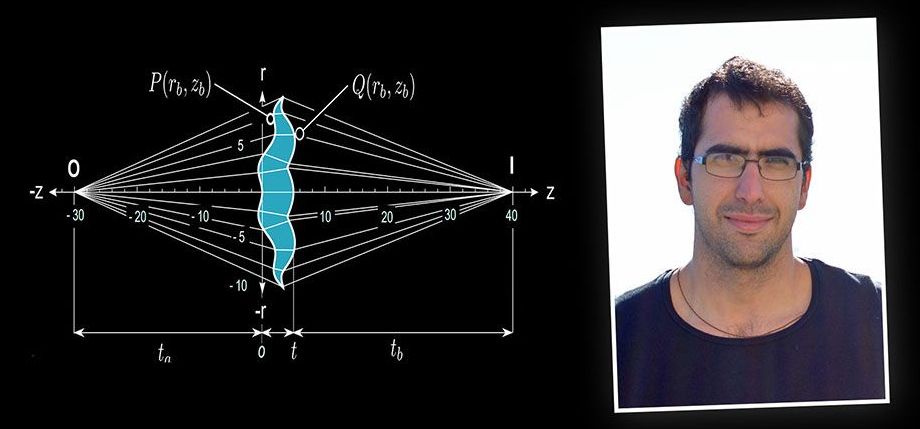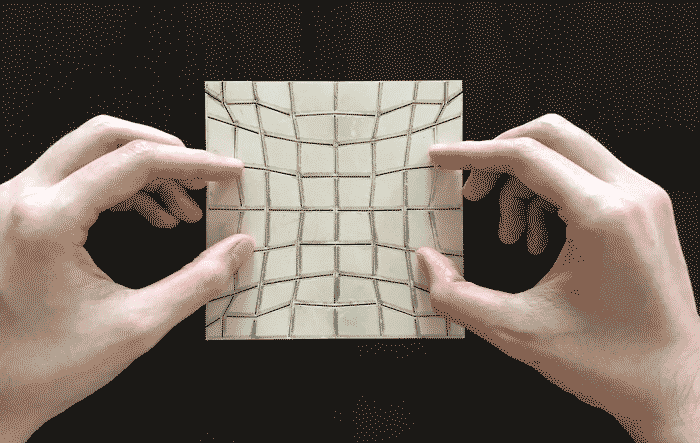A former journalist, equipped with an algorithm and the largest collection of murder records in the country, finds patterns in crime.
Category: information science
Nearly two years since the Pentagon started bringing artificial intelligence to the battlefield, the algorithms still need human help, a top U.S. Air Force general said Tuesday.
But Gen. Mike Holmes said the technology is getting better at identifying people, cars, and other objects in drone video. He also sees promise in other AI applications, like predicting when parts on planes will break.
“[W]e’re still in the process of teaching the algorithms to be able to predict what’s there from the data and be as reliable as we would like it to be or as reliable as our teams of people [who] are doing that,” the Air Combat Command leader said Tuesday at a Defense Writers Group breakfast.
Nice job by Brookhaven.
A team of scientists have designed, created, and successfully tested a new algorithm to make smarter scientific measurement decisions. The algorithm, a form of artificial intelligence (AI), can make autonomous decisions to define and perform the next step of an experiment.
Close.
A team of Australian researchers has designed a reliable strategy for testing physical abilities of humanoid robots—robots that resemble the human body shape in their build and design. Using a blend of machine learning methods and algorithms, the research team succeeded in enabling test robots to effectively react to unknown changes in the simulated environment, improving their odds of functioning in the real world.
The findings, which were published in a joint publication of the IEEE and the Chinese Association of Automation Journal of Automatica Sinica in July, have promising implications in the broad use of humanoid robots in fields such as healthcare, education, disaster response and entertainment.
“Humanoid robots have the ability to move around in many ways and thereby imitate human motions to complete complex tasks. In order to be able to do that, their stability is essential, especially under dynamic and unpredictable conditions,” said corresponding author Dacheng Tao, Professor and ARC Laureate Fellow in the School of Computer Science and the Faculty of Engineering at the University of Sydney.
Aren Jay shared this cogent article to my Timeline… It is not new even Hippocrates was able to determine that the gut causes and or assists in all diseases. But the 19th and 20th centuries researchers began saying that microbes are good for mankind which sent science reeling through generations until this day… Respect r.p.berry & AEWR wherein we have developed a formula and Algorithm that deals with this very serious problem completely. A very expensive cure but one that will take Woman-Man past the Escape Velocity so many have written about… https://gerevivify.blogspot.com/
Recent research has found that bacteria in the gut can affect people’s mental state, leading to mood, cognition and behavioural problems. But in TCM, the link between the gut and all of the body’s organs has long been recognised.
David Lindell, a graduate student in electrical engineering at Stanford University, along with his team, developed a camera that can watch moving objects around corners. When they tested the new technology, Lindell wore a high visibility tracksuit as he moved around an empty room. They had a camera that was aimed at a blank wall away from Lindell, and the team was able to watch all of his movements with the use of a high powered laser. The laser reconstructed the images through the use of single particles of light that were reflected onto the walls around Lindell. The newly developed camera used advanced sensors and a processing algorithm.
Gordon Wetzstein, assistant professor of electrical engineering at Stanford, spoke about the newly developed technology.
“People talk about building a camera that can see as well as humans for applications such as autonomous cats and robots, but we want to build systems that go well beyond that,” he said. “We want to see things in 3D, around corners and beyond the visible light spectrum.”
Two researchers at Harvard University, Aavishkar A. Patel and Subir Sachdev, have recently presented a new theory of a Planckian metal that could shed light on previously unknown aspects of quantum physics. Their paper, published in Physical Review Letters, introduces a lattice model of fermions that describes a Planckian metal at low temperatures (Tà 0).
Metals contain numerous electrons, which carry electric current. When physicists consider the electrical resistance of metals, they generally perceive it as arising when the flow of current-carrying electrons is interrupted or degraded due to electrons scattering off impurities or off the crystal lattice in the metal.
“This picture, put forth by Drude in 1900, gives an equation for the electrical resistance in terms of how much time electrons spend moving freely between successive collisions,” Patel told Phys.org. “The length of this time interval between collisions, called the ‘relaxation time,’ or ‘electron liftetime,’ is typically long enough in most common metals for the electrons to be defined as distinct, mobile objects to a microscopic observer, and the Drude picture works remarkably well.”
Under his plan, “Justice and Safety for All,” Bernie Sanders wants to ban facial recognition software for policing. As a supporter of Sanders, I’m going to have to respectfully disagree. Here’s why…
Last Sunday, presidential-hopeful Bernie Sanders released on his website what is arguably one of the most extensive plans for law enforcement oversight and criminal justice overhaul that the United States has ever seen. As a progressive, myself, and supporter of Sanders during his primary run, I fully endorse everything that’s been laid out in this plan— that is, except for one minor policy.
The plan, titled “Justice and Safety for All,” calls to “Ban the use of facial recognition software for policing.” It also calls for a “moratorium on the use of the algorithmic risk assessment tools in the criminal justice system until an audit is completed,” whereby the audit would “ensure these tools do not have any implicit biases that lead to unjust or excessive sentences.”
I’m perfectly fine with the policy on algorithmic risk assessment tools being used by our criminal justice system. It’s not a total ban; it simply serves as a temporary safety measure until it’s been proven that these algorithms won’t carry with them any unjust biases. But when it comes to Sanders’ policy on banning facial recognition software for policing, I simply cannot get behind it.
One of the oldest problems in optics has been solved. Rafael Gonzalez from Mexico’s Tecnologico de Monterrey has come up with an almost comically dense equation that can be used to almost completely eliminate spherical aberration in optical lenses, and the effects could be widespread.
Camera lenses are insanely complex and extraordinarily precise devices, and one of the reasons for this is spherical aberration. This is distinct from chromatic aberration, or color fringing, which you get when a lens is unable to focus light from all parts of the visual color spectrum together. Spherical aberration is what causes some lenses to be sharp in the middle, but blurrier toward the outside edges.
Lens manufacturers have for years been building aspherical lenses to try to counteract this effect, modifying the sphere shape slightly to try to sharpen up the whole image. By and large, many have done a great job, as evidenced by the general optical sharpness of today’s lenses. But rather than working to a precise mathematical formula that works to correct all spherical lens aberration, lens companies have had to work on each lens as a separate problem, finding solutions that worked, more or less, but forcing them to start over each time.
This could lead to self-healing cars.
Researchers from the Harvard John A. Paulson School of Engineering and Applied Sciences (SEAS) have developed a mathematical framework that can turn any sheet of material into any prescribed shape, inspired by the paper craft termed kirigami (from the Japanese, kiri, meaning to cut and kami, meaning paper).
Unlike its better-known cousin origami, which uses folds to shape paper, kirigami relies on a pattern of cuts in a flat paper sheet to change its flexibility and allow it to morph into 3D shapes. Artists have long used this artform to create everything from pop-up cards to castles and dragons.
“We asked if it is possible to uncover the basic mathematical principles underlying kirigami and use them to create algorithms that would allow us to design the number, size and orientation of the cuts in a flat sheet so that it can morph into any given shape,” said L. Mahadevan, de Valpine Professor of Applied Mathematics, Physics, and Organismic and Evolutionary Biology, the senior author on the paper.








